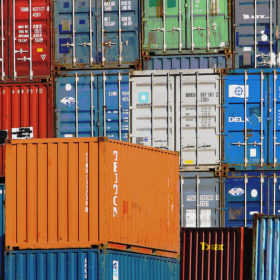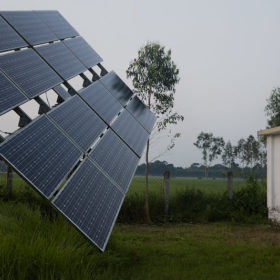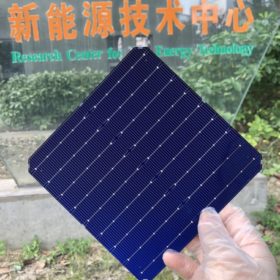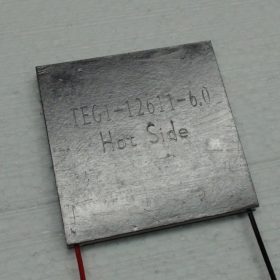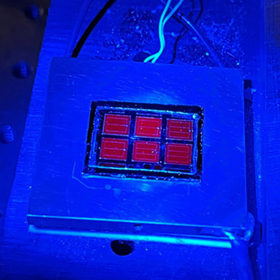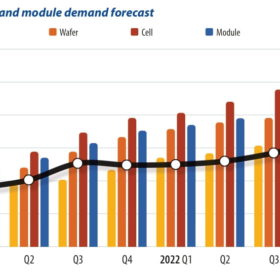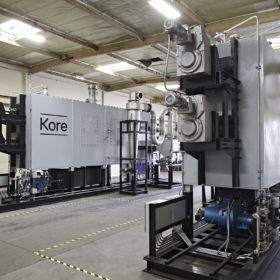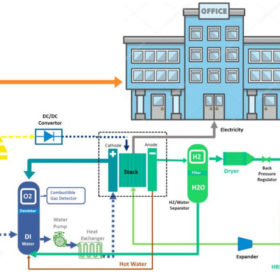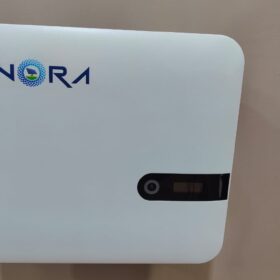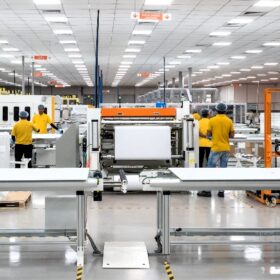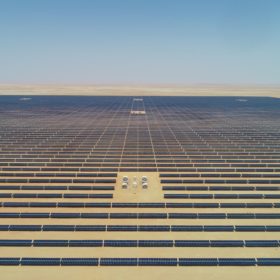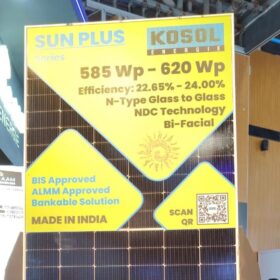Analyst predicts extent of rise in this year’s solar capital costs
Wood Mackenzie this week made a slew of predictions for the industry in 2022 and noted the effects the US’ recently announced anti-circumvention investigation is already having on utility scale plans.
Solar developers buying up land in Bangladesh
A shortage of suitable sites is prompting companies to buy up land before deciding on the specifics of project construction, as a junior minister stated more solar is likely to be waved through by 2025.
Heterojunction solar cell with 25.18% efficiency, 85.42% fill factor
Researchers in China have fabricated a heterojunction solar cell with a 244.63 cm2 Czochralski n-c-Si wafer. They used light soaking to improve the dark conductance of the hydrogenated amorphous silicon films.
Have your say on the future of automation in solar O&M
Cost efficiency while maximizing power output is the name of the game in solar project development and asset management. And the automation of the provision of utility scale solar operations and maintenance (O&M) is fast becoming one of the most compelling opportunities. Help shape the future of automation in solar O&M by completing this first-of-its kind survey.
Perovskite solar cell technology on the road to commercialization
A new US Department of Energy report describes the challenges of commercializing perovskite technology for the solar energy sector.
Upcycling silicon waste from end-of-life solar panels into thermoelectrics
Researchers in Singapore have developed a new technique in which polycrystalline silicon is pulverized into powder and pelletized into ingots. The process relies on spark plasma sintering to dope the silicon with germanium and phosphorus.
Quantum well superlattices for a new world record cell efficiency of 39.5%
Scientists in the United States have fabricated a triple-junction solar cell that reached 39.5% efficiency – a world record for any type of cell under one-sun illumination. Though relying on materials and processes that are still too costly for most commercial uses, the concept could soon see actual applications in powering satellites and other space-bound technology.
No end to solar supply/demand imbalance
The solar supply chain problems that began last year with high prices and polysilicon shortages are persisting into 2022. But we are already seeing a stark difference from earlier predictions that prices would decline gradually each quarter this year. PV Infolink’s Alan Tu probes the solar market situation and offers insights.
New method could potentially produce hydrogen from biogas for $2/kg
Kore, an energy startup in California, has developed a new way to produce hydrogen from biogas, and is now poised to build a commercial-scale demonstration facility in Los Angeles. It said half of the carbon in the feedstock can be converted into gas, while the other half can be converted into solid elemental carbon char.
Cost comparison between lithium batteries, fuel cells, reversible solid oxide cells as storage for off-grid rooftop PV
Scientists in the United Arab Emirates have looked at how off-grid rooftop PV could be combined with batteries, fuel cells or reversible solid oxide cells for energy storage. The modeling assumed a typical commercial building in Los Angeles.
